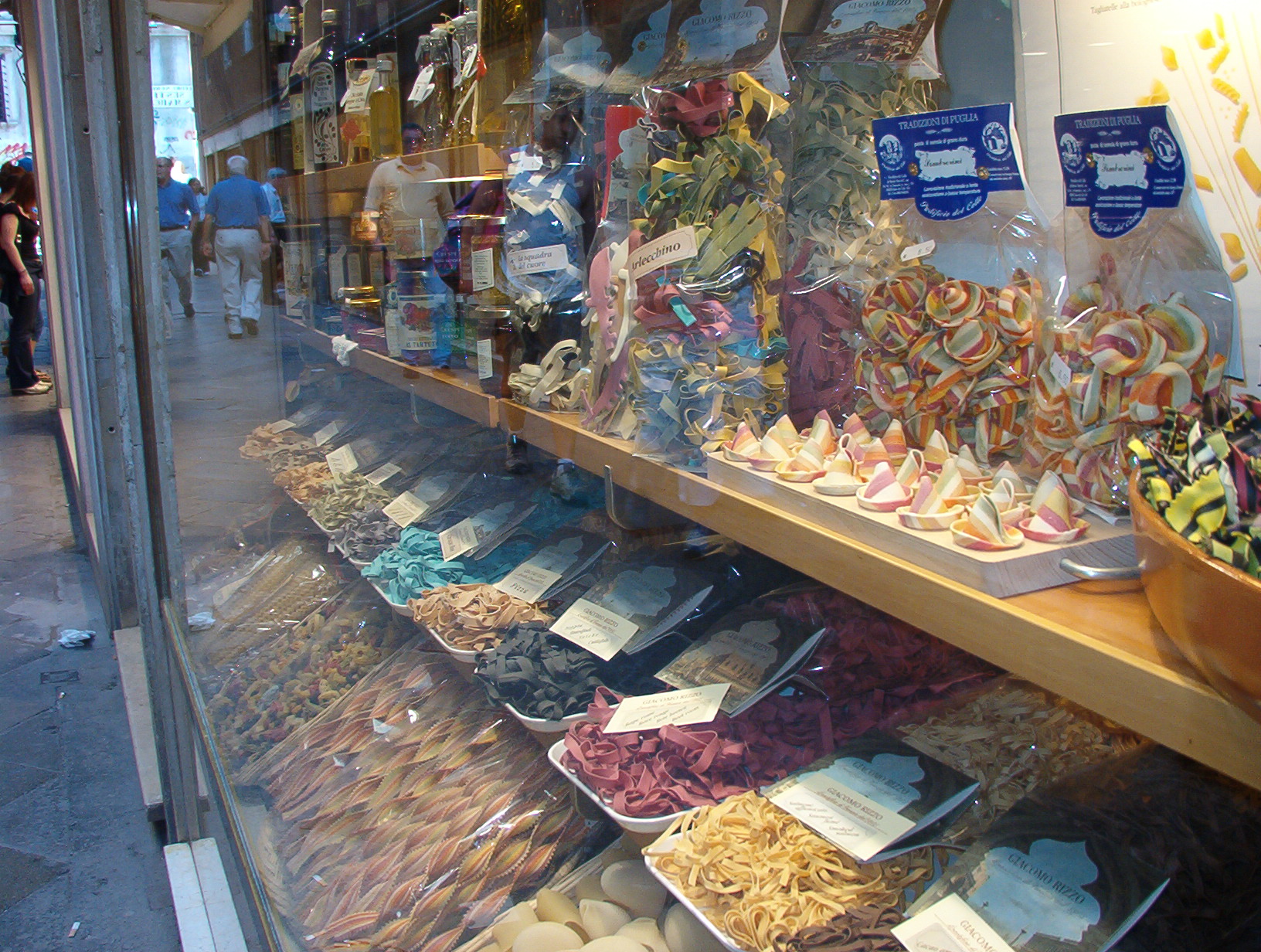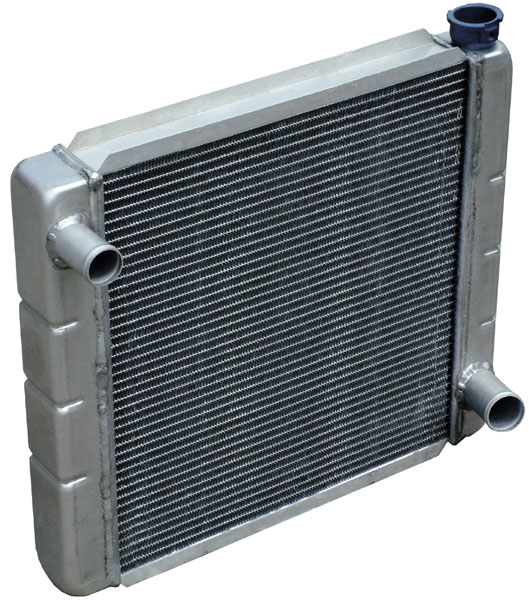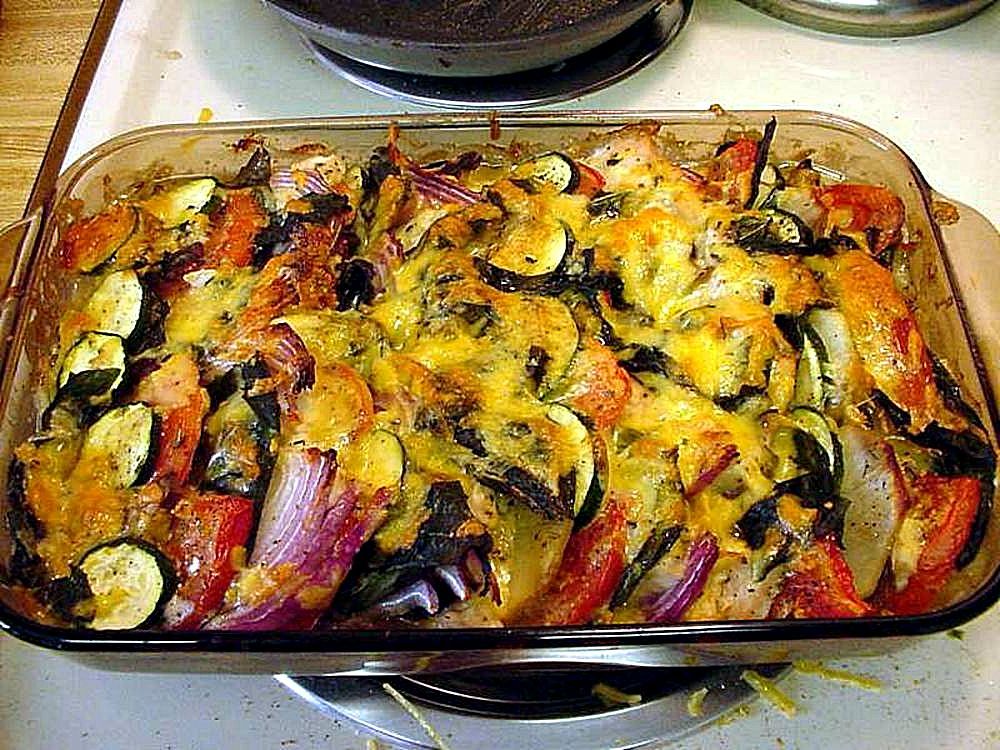|
Radiatori
''Radiatori'' are small, squat pasta shapes that are said to resemble radiators. Although it is rumored that they were created in the 1960s by an industrial designer, their invention was actually between the First and Second World War. They are often used in similar dishes as '' rotelle'' or fusilli, because their shape works well with thicker sauces. They are also used in casseroles, salads, and soups. The form is sometimes called "pagoda pasta". Design ''Radiatori'' somewhat resemble fusilli in shape, but are generally shorter and thicker with a ruffled edge, circling the pasta. They are modelled after an old industrial heating fixture, having a straight "pipe" with concentric, parallel fins. Their design creates hollows to trap sauce. See also * List of pasta There are many different varieties of pasta. They are usually sorted by size, being long (), short (), stuffed (), cooked in broth (), stretched () or in dumpling-like form (). Yet, due to the variety of shapes an ... [...More Info...] [...Related Items...] OR: [Wikipedia] [Google] [Baidu] |
List Of Pasta
There are many different varieties of pasta. They are usually sorted by size, being long (), short (), stuffed (), cooked in broth (), stretched () or in dumpling-like form (). Yet, due to the variety of shapes and regional variants, "one man's can be another's ". Some pasta varieties are uniquely regional and not widely known; many types have different names based on region or language. For example, the cut rotelle is also called in Italy and 'wagon wheels' in the United States. Manufacturers and cooks often invent new shapes of pasta, or may rename pre-existing shapes for marketing reasons. Italian language, Italian pasta names often end with the Gender (linguistics), masculine Number (linguistics), plural diminutive suffixes or the feminine plurals , etc., all conveying the sense of ; or with the augmentative suffixes , meaning . Other suffixes like , and , may also occur. In Italian, all pasta type names are plural, except lasagna. Long- and medium-length pasta Long p ... [...More Info...] [...Related Items...] OR: [Wikipedia] [Google] [Baidu] |
Radiator
A radiator is a heat exchanger used to transfer thermal energy from one medium to another for the purpose of cooling and heating. The majority of radiators are constructed to function in cars, buildings, and electronics. A radiator is always a source of heat to its environment, although this may be for either the purpose of #Heating, heating an environment, or for cooling the fluid or coolant supplied to it, as for automotive #Engine cooling, engine cooling and Heating, ventilation, and air conditioning, HVAC dry cooling towers. Despite the name, most radiators transfer the bulk of their heat via convection instead of thermal radiation. History The Roman hypocaust is an early example of a type of radiator for building space heating. Franz San Galli, a Prussia, Prussian-born Russian businessman living in St. Petersburg, is credited with inventing the heating radiator around 1855, having received a radiator patent in 1857, but American Joseph Nason and Scot Rory Gregor developed a ... [...More Info...] [...Related Items...] OR: [Wikipedia] [Google] [Baidu] |
Australia
Australia, officially the Commonwealth of Australia, is a country comprising mainland Australia, the mainland of the Australia (continent), Australian continent, the island of Tasmania and list of islands of Australia, numerous smaller islands. It has a total area of , making it the list of countries and dependencies by area, sixth-largest country in the world and the largest in Oceania. Australia is the world's flattest and driest inhabited continent. It is a megadiverse countries, megadiverse country, and its size gives it a wide variety of landscapes and Climate of Australia, climates including deserts of Australia, deserts in the Outback, interior and forests of Australia, tropical rainforests along the Eastern states of Australia, coast. The ancestors of Aboriginal Australians began arriving from south-east Asia 50,000 to 65,000 years ago, during the Last Glacial Period, last glacial period. By the time of British settlement, Aboriginal Australians spoke 250 distinct l ... [...More Info...] [...Related Items...] OR: [Wikipedia] [Google] [Baidu] |
Pasta
Pasta (, ; ) is a type of food typically made from an Leavening agent, unleavened dough of wheat flour mixed with water or Eggs as food, eggs, and formed into sheets or other shapes, then cooked by boiling or baking. Pasta was originally only made with durum, although the definition has been expanded to include alternatives for a gluten-free diet, such as rice flour, or legumes such as beans or lentils. Pasta is believed to have developed independently in Italy in the Middle Ages, Italy and is a staple food of Italian cuisine, with evidence of Etruscan civilization, Etruscans making pasta as early as 400 BCE in Italy. Pastas are divided into two broad categories: dried () and fresh (Italian: ). Most dried pasta is produced commercially via an Food extrusion, extrusion process, although it can be produced at home. Fresh pasta is traditionally produced by hand, sometimes with the aid of simple machines.Hazan, Marcella (1992) ''Essentials of Classic Italian Cooking'', Knopf, F ... [...More Info...] [...Related Items...] OR: [Wikipedia] [Google] [Baidu] |
World War I
World War I or the First World War (28 July 1914 – 11 November 1918), also known as the Great War, was a World war, global conflict between two coalitions: the Allies of World War I, Allies (or Entente) and the Central Powers. Fighting took place mainly in European theatre of World War I, Europe and the Middle Eastern theatre of World War I, Middle East, as well as in parts of African theatre of World War I, Africa and the Asian and Pacific theatre of World War I, Asia-Pacific, and in Europe was characterised by trench warfare; the widespread use of Artillery of World War I, artillery, machine guns, and Chemical weapons in World War I, chemical weapons (gas); and the introductions of Tanks in World War I, tanks and Aviation in World War I, aircraft. World War I was one of the List of wars by death toll, deadliest conflicts in history, resulting in an estimated World War I casualties, 10 million military dead and more than 20 million wounded, plus some 10 million civilian de ... [...More Info...] [...Related Items...] OR: [Wikipedia] [Google] [Baidu] |
World War II
World War II or the Second World War (1 September 1939 – 2 September 1945) was a World war, global conflict between two coalitions: the Allies of World War II, Allies and the Axis powers. World War II by country, Nearly all of the world's countries participated, with many nations mobilising all resources in pursuit of total war. Tanks in World War II, Tanks and Air warfare of World War II, aircraft played major roles, enabling the strategic bombing of cities and delivery of the Atomic bombings of Hiroshima and Nagasaki, first and only nuclear weapons ever used in war. World War II is the List of wars by death toll, deadliest conflict in history, causing World War II casualties, the death of 70 to 85 million people, more than half of whom were civilians. Millions died in genocides, including the Holocaust, and by massacres, starvation, and disease. After the Allied victory, Allied-occupied Germany, Germany, Allied-occupied Austria, Austria, Occupation of Japan, Japan, a ... [...More Info...] [...Related Items...] OR: [Wikipedia] [Google] [Baidu] |
Rotelle
''Rotelle'' is a type of pasta resembling wheels with spokes. They are similar to '' fiori''. The name derives from the Italian word for a small wheel. In Italy they are also called ''ruote'', and in the US they are often called "wagon wheels". They originated in 1900 in Italy, probably in Puglia. They have the advantage of maintaining their shape intact during cooking, without squashing. See also * List of pasta There are many different varieties of pasta. They are usually sorted by size, being long (), short (), stuffed (), cooked in broth (), stretched () or in dumpling-like form (). Yet, due to the variety of shapes and regional variants, "one man's ... References Types of pasta {{Pasta-stub ... [...More Info...] [...Related Items...] OR: [Wikipedia] [Google] [Baidu] |
Fusilli
Fusilli () are a variety of pasta from southern Italy, with a Helix, helical (corkscrew) or Helicoid, helicoidal shape. Etymology ''wikt:fusillo, Fusillo'', the singular form of ''fusilli'', means 'little spindle' in Italian language, Italian. Fusilli are traditionally made by wrapping pasta dough around a spindle, or ''fuso'' in Italian. Fusilli are believed to be of Arab derivation, and are known as ''busiata'' in Sicily and ''busa'' in Sardinia, the two Italian regions where Muslim civilization first penetrated. Both ''busiata'' and ''busa'' come from the Arabic word ''bus'' (wikt:بوص, بوص), meaning the thin reed around which the dough was traditionally wound to make the pasta. Variants There are multiple regional Italian varieties of fusilli, which can be either extruded or hand-formed, solid (helicoidal) or hollow (helical), and short or long. Fusilli The common extruded solid short helicoidal variety is known simply as fusilli. The long version is known as ''fusilli ... [...More Info...] [...Related Items...] OR: [Wikipedia] [Google] [Baidu] |
Sauce
In cooking, a sauce is a liquid, cream, or semi- solid food, served on or used in preparing other foods. Most sauces are not normally consumed by themselves; they add flavour, texture, and visual appeal to a dish. ''Sauce'' is a French word probably from the post-classical Latin ''salsa'', derived from the classical ''salsus'' 'salted'. Possibly the oldest recorded European sauce is garum, the fish sauce used by the Ancient Romans, while doubanjiang, the Chinese soy bean paste is mentioned in '' Rites of Zhou'' 20. Sauces need a liquid component. Sauces are an essential element in cuisines all over the world. Sauces may be used for sweet or savory dishes. They may be prepared and served cold, like mayonnaise, prepared cold but served lukewarm like pesto, cooked and served warm like bechamel or cooked and served cold like apple sauce. They may be freshly prepared by the cook, especially in restaurants, but today many sauces are sold premade and packaged like Worce ... [...More Info...] [...Related Items...] OR: [Wikipedia] [Google] [Baidu] |
Casserole
A casserole (French language, French: diminutive of , from Provençal dialect, Provençal , meaning 'saucepan') is a kind of large, deep cookware and bakeware, pan or bowl used for cooking a variety of dishes in the oven; it is also a category of foods cooked in such a vessel. To distinguish the two uses, the pan can be called a "casserole dish" or "casserole pan", whereas the food is simply "a casserole". The same pan is often used both for cooking and for serving. History Baked dishes have existed for thousands of years. Early casserole recipes consisted of rice that was pounded, pressed, and filled with a savoury mixture of meats such as chicken or sweetbread. Sometime around the 1870s the casserole seems to have taken on its current definition. Cooking in earthenware containers has always been common in most cultures, but the idea of casserole cooking as a one-dish meal became popular in the United States in the twentieth century, especially in the 1950s when new forms ... [...More Info...] [...Related Items...] OR: [Wikipedia] [Google] [Baidu] |
Salad
A salad is a dish consisting of mixed ingredients, frequently vegetables. They are typically served chilled or at room temperature, though some can be served warm. Condiments called '' salad dressings'', which exist in a variety of flavors, are usually used to make a salad. Garden salads have a base of raw leafy greens (sometimes young "baby" greens) such as lettuce, arugula (rocket), kale or spinach; they are common enough that the word ''salad'' alone often refers specifically to garden salads. Other types of salad include bean salad, tuna salad, bread salads (such as fattoush, panzanella), vegetable salads without leafy greens (such as Greek salad, potato salad, coleslaw), rice-, pasta- and noodle-based salads, fruit salads and dessert salads. Salads may be served at any point during a meal: * Appetizer salads – light, smaller-portion salads served as the first course of the meal * Side salads – to accompany the main course as a side dish; examples inclu ... [...More Info...] [...Related Items...] OR: [Wikipedia] [Google] [Baidu] |







